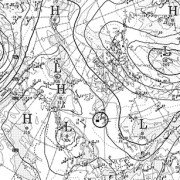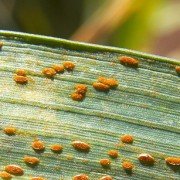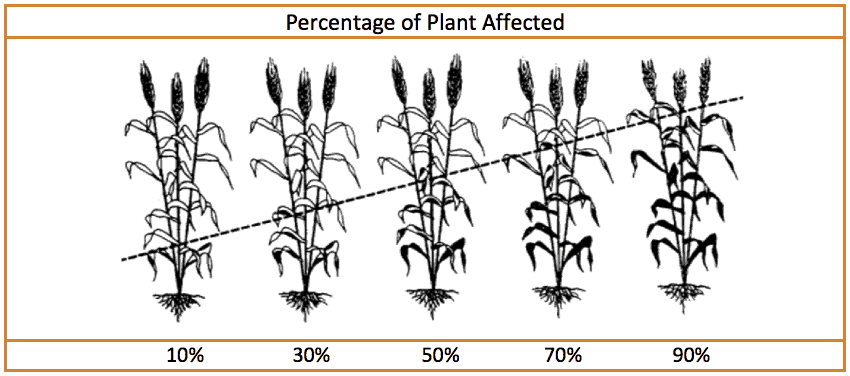Environment Canada says more humidity to come for June and July
Looking ahead to the coming months, Environment Canada meteorologists expect there will be more heat and humidity than normal.
“We’ve already had a taste this month of temperatures getting close to the 30-degree mark and humidity making it feel more like the mid 30s. That looks like the shape of things to come for June and July,” said Geoff Coulson, a warning preparedness meteorologist with Environment Canada.
Last year the usual summer heat wave to hit southern Ontario was missing in action with a lack of flow of warm moist air from the Gulf of Mexico, Coulson said.
This season southern Ontario has already tapped into that flow from the Gulf a couple of times with Humidex readings in many parts of Southwestern Ontario reaching the mid 30s.






